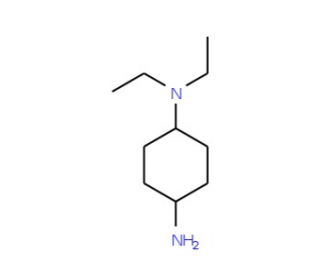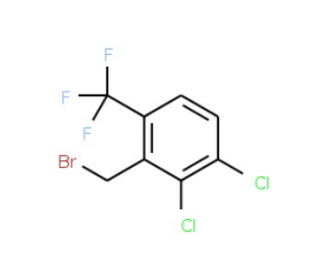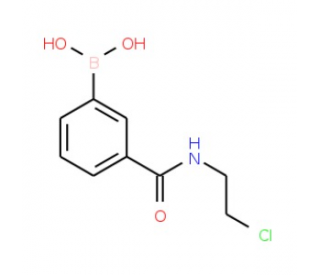详细说明
Purity
>95%, by SDS-PAGE with silver staining
Endotoxin Level
<0.10 EU per 1 μg of the protein by the LAL method.
Activity
Measured by the ability of the immobilized protein to support the adhesion of P19 mouse embryonal carcinoma cells. The ED 50 for this effect is 0.25-1.25 μg/mL
Source
Mouse myeloma cell line, NS0-derived
Rat E-Cadherin
(Gln 24-Ser704)
Accession # Q9R0T4IEGRMDP Mouse IgG2A
(Glu98-Lys330)N-terminus C-terminus Accession #
N-terminal Sequence
AnalysisAsp159 & No results obtained: Gln24 predicted
Structure / Form
Disulfide-linked homodimer
Predicted Molecular Mass
103 kDa (pro monomer) & 87 kDa (mature monomer)
SDS-PAGE
100-125 kDa, reducing conditions
8144-EC |
| |
Formulation Lyophilized from a 0.2 μm filtered solution in PBS. | ||
Reconstitution Reconstitute at 300 μg/mL in PBS. | ||
Shipping The product is shipped at ambient temperature. Upon receipt, store it immediately at the temperature recommended below. | ||
Stability & Storage: Use a manual defrost freezer and avoid repeated freeze-thaw cycles.
|
Background: E-Cadherin
E-Cadherin/Cadherin-1, also known as Uvomorulin in the mouse and rat, is a 120 kDa member of the Cadherin family of cell surface glycoproteins that mediate cell adhesion (1). Rat E-Cadherin shares 92% and 81% amino acid sequence identity with the mouse and human proteins, respectively (2). It is a single-pass transmembrane protein that mediates calcium-dependent epithelial cell adhesion. E-Cadherin has five extracellular EC domains that form homophilic cis-clusters between adjacent epithelial cells and trans-clusters within the same cell. E-Cadherin clusters are critical components of adherens junctions between epithelial cells and act in the formation and maintenance of the epithelial cell barrier (3, 4). The intracellular domain of E-Cadherin binds to the Catenin cytoskeletal complex, which includes p120 Catenin, beta-Catenin, alpha-Catenin, and Vinculin. E-Cadherin expression is critical for epithelial tissue homeostasis. Decreased E-Cadherin is associated with physiological and pathological epithelial-to-mesenchymal transition and cell migration, and E-Cadherin loss contributes to cancer metastasis (5). The extracellular E-Cadherin terminal domain can be cleaved by several proteases and is released as a soluble factor that enhances cancer cell motility and EGF R‑dependent survival and proliferation (6).
References:
N
Entrez Gene IDs:
999 (Human); 12550 (Mouse); 83502 (Rat)
Alternate Names:
Arc-1; CAD1; cadherin 1, E-cadherin (epithelial); cadherin 1, type 1, E-cadherin (epithelial); Cadherin-1; calcium-dependent adhesion protein, epithelial; CAM 120/80; CD324 antigen; CD324; CDH1; CDHE; cell-CAM 120/80; Cell-CAM120/80; ECAD; ECadherin; E-Cadherin; Epithelial cadherin; LCAM; L-CAM; UVOE-Cadherin; Uvomorulin










 粤公网安备44196802000105号
粤公网安备44196802000105号